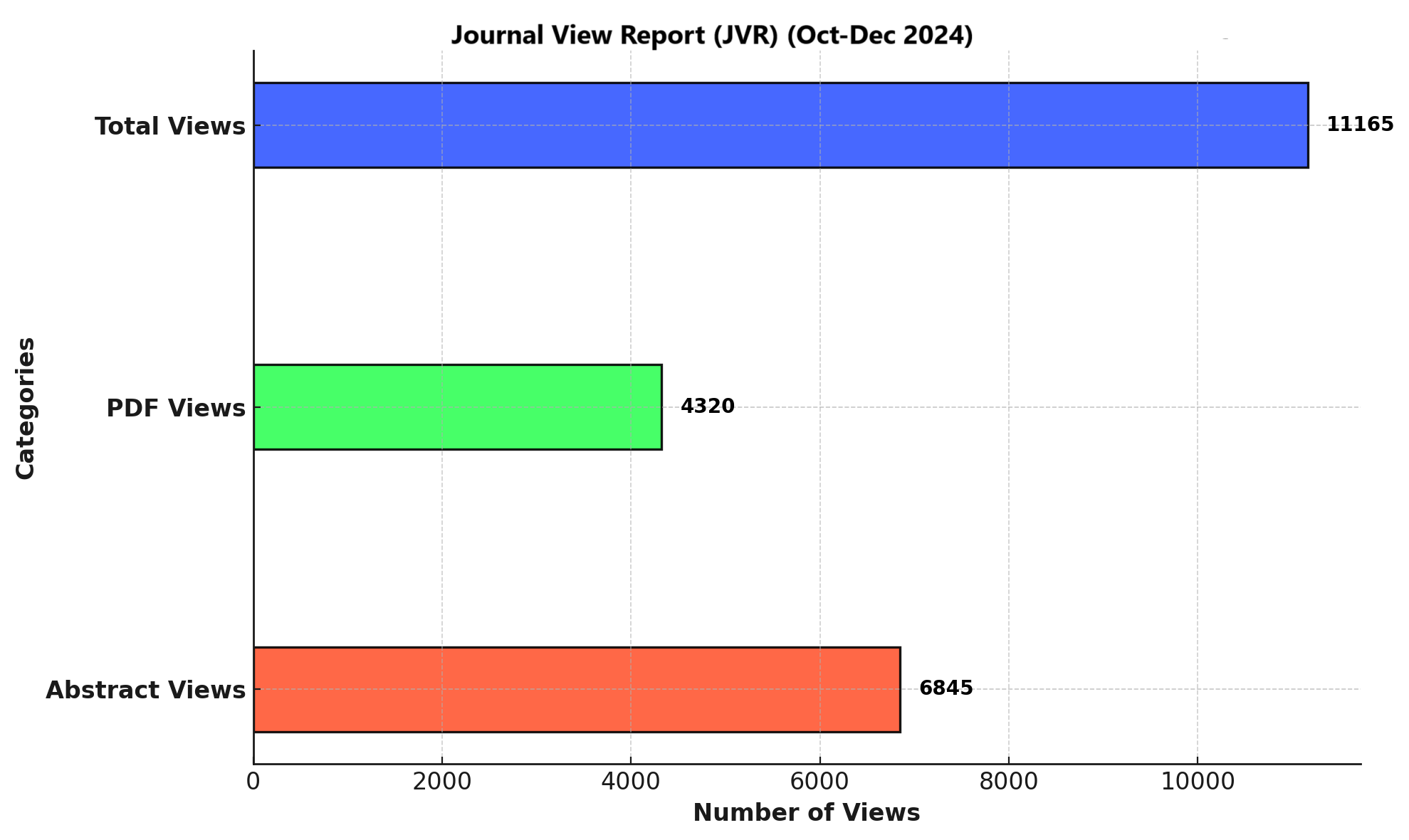PREVALENCE OF RENAL CALCULI IN ADULTS WITH ACUTE RENAL COLIC IN A TERTIARY CARE HOSPITAL DISTRICT PESHAWAR USING ULTRASOUND
DOI:
https://doi.org/10.71000/p0ve1v19Keywords:
Diabetes Mellitus, Dietary Habits, Hypertension, Obesity, Renal Calculi, Renal Colic, UltrasonographyAbstract
Background: Renal colic, often caused by renal calculi, is one of the most common urological emergencies and significantly affects adult populations worldwide. Its development is influenced by several interrelated factors, including hydration status, dietary patterns, genetic predisposition, and existing comorbidities. In regions with variable healthcare accessibility, such as parts of South Asia, identifying modifiable risk factors is crucial to reducing the incidence and burden of this condition.
Objective: To assess the prevalence of renal calculi in adults presenting with acute renal colic and to examine associated demographic, dietary, and lifestyle risk factors using ultrasound as a diagnostic tool.
Methods: A descriptive cross-sectional study was conducted at the Radiology Departments of RMI Teaching Hospital and Alkhidmat Blood Bank and Diagnostic Center, Peshawar, between July and October 2024. A total of 196 adults aged 18 to 60 years with acute renal colic symptoms underwent ultrasound evaluation. Participants were selected using a stratified sampling method and assessed via a semi-structured questionnaire addressing demographics, lifestyle, diet, family history, and comorbidities. Data were analyzed using SPSS version 25. Chi-square tests and logistic regression were employed to identify significant associations and predictors.
Results: Renal calculi were diagnosed in 17% of participants. The highest prevalence was seen in the 31–40 years age group (35.7%), with males comprising 61.2% of cases. Urban residents represented 55.1%. Significant associations were observed between renal colic and low water intake (<4 glasses/day; p < 0.001), high intake of salty/sugary foods (58.2%; p < 0.001), oxalate-rich foods (40.8%; p = 0.001), and low calcium intake (57.1%; p < 0.001). Comorbidities such as obesity (24.5%), hypertension (21.4%), gout (12.2%), and diabetes (9.7%) were also significantly associated (p = 0.016).
Conclusion: The study underscores the strong link between renal colic and modifiable factors such as hydration and diet. Preventive strategies focusing on increased water intake and balanced nutrition are essential to reducing the risk of renal calculi in adult populations.
Downloads
Published
Issue
Section
License
Copyright (c) 2025 Hassan Khan, Muhammad Mushal Khan, Usama Muhammad, Habiba Alam Khan, Nimra Amin (Author)

This work is licensed under a Creative Commons Attribution-NonCommercial-NoDerivatives 4.0 International License.







